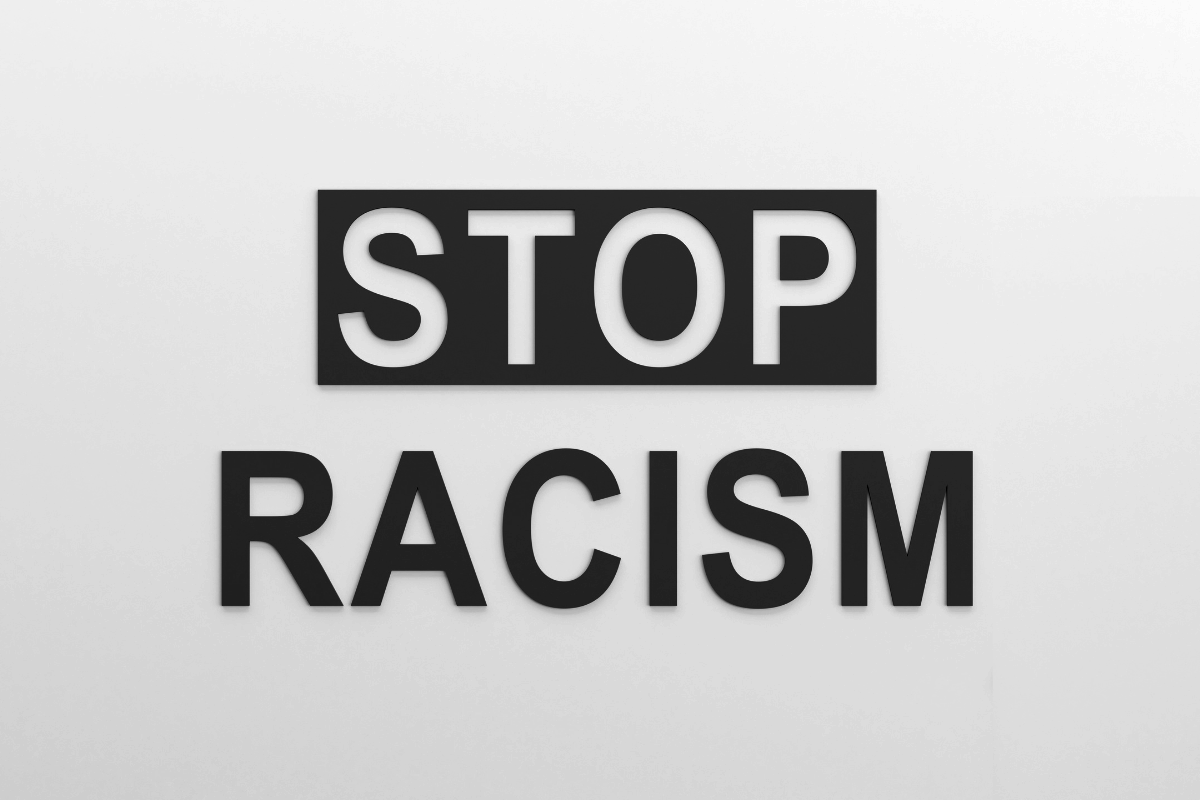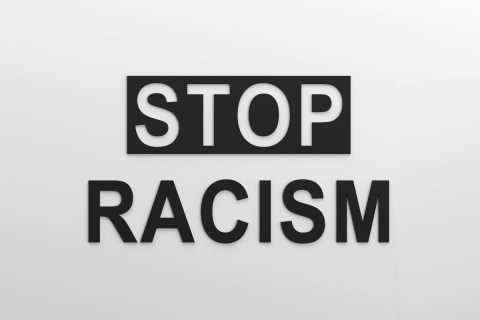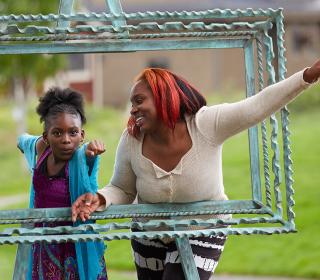When we talk about racism, the examples that come to mind for most people are often overt forms of racism – slurs, hate crimes, anti-immigrant propaganda, and more. However, racism can manifest in many different ways, and some forms are harder to recognize than others. By learning to identify where and how different types of racism can manifest, we can better understand how to unlearn our own biases and work to undo the racist ideology built into the foundations of our country.
Internalized Racism

Internalized racism is when a person believes negative messages about their own, and other’s, cultures and races. All racism is harmful, but this one is especially toxic; internalizing this oppression results in self-devaluation, resignation, and feelings of hopelessness. Examples include:
- Viewing white as "the norm" or the “ideal.”
- Valuing white or light skin over dark skin and trying to lighten skin color through surgery, harmful skin products, or other means.
- Trying to get rid of all "ethnic" features that don't fit Eurocentric beauty standards.
- Increased levels of self-loathing, shame, and rejection of one’s own identity and/or culture.
- Hostility and prejudice against members of one’s own race or other marginalized people.
Interpersonal Racism

Interpersonal racism (also called Personally Mediated racism) occurs when a person's conscious or subconscious racial bias influences their interactions and perceptions of other people. This is the form of racism that most people are familiar with, as it is one of the most overt forms, and can range from microaggressions to the use of slurs or even physical violence. This bias is often informed by stereotypes and misinformation, and results in a lack of respect, suspicion, avoidance, and dehumanization of people because of their race. Some examples of interpersonal racism include:
- The use of racial slurs or similar hate speech against an individual or group of people.
- Complimenting BIPOC individuals on their English with the assumption that they wouldn’t speak well because of their race.
- Attacks against Asian Americans in response to COVID-19 being called “ the China Virus."
- Shopkeepers or security guards following BIPOC shoppers assuming they’re a shoplifter.
- Claims that immigrant workers steal American jobs.
Institutionalized Racism

Institutionalized racism (also called Systemic racism) refers to the implicit or explicit rules and regulations within an organization that discriminate against marginalized communities. Often, this manifests as bias for or against certain groups of people because of stereotypes based on their perceived race or ethnicity. Here are some examples found within specific institutions:
- Healthcare:
- Doctors are more likely to favor white patients over Black patients and stereotype Black patients as “difficult” or more likely to be medically non-compliant.
- BIPOC patients, particularly BIPOC women, receive poorer medical care than white patients, and their medical concerns are more likely to be dismissed or ignored.
- The Workforce
- People with common “white” names are more likely to be hired than people with “ethnic” or non-“Americanized” names.
- Applicants with dreadlocks are often seen as “unprofessional” and are less likely to be hired because of their hairstyle (a practice which was unfortunately ruled as legal by the U.S. Court of Appeals in 2016).
- The Criminal Justice System
- Police officers are more likely to stop or detain BIPOC civilians, particularly Black men, than white ones.
- Statistically, police officers are more likely to shoot an unarmed Black suspect than a white one. This is referred to as the “shooter bias.”
- Black men receive longer sentences than white men who commit the same crime.
Structural Racism

Structural Racism refers to biased laws, policies, or practices that restrict people’s access to services, opportunities, and resources because of their race. This structural bias has compounding effects on people’s families, employment, mental and physical health, interactions with the criminal justice system, and beyond. Specific examples include:
- Policies that allow K-12 students to be arrested on campus – a disproportionate amount of whom are Black or Hispanic – result in long-lasting trauma for these young kids and teens.
- Police brutality creates higher levels of stress, anxiety, and depression amongst Black and Latinx communities.
- Racial and ethnic disparities in health insurance coverage resulted in Black, Hispanic/Latinx, and Native American people having the highest number of cases, hospitalizations, and deaths during the peak of the COVID-19 pandemic.
Though it’s easier to view racism as an external force we must continually fight against, it’s important that we recognize there are some forms that manifest within. Racism must be solved as a community, but we must also confront and consider our own internal biases as well in order to create lasting change.
Take collective action for equity and learn more about structural and systematic racism at YWCA's upcoming Stand Against Racism Event.
Ana Rodriguez-Knutsen is the Content Specialist for YWCA's Marketing & Editorial team. From fiction writing to advocacy, Ana works with an intersectional mindset to uplift and amplify the voices of underrepresented communities.
We share the stories of our program participants, programs, and staff, as well as news about the agency and what’s happening in our King and Snohomish community.


